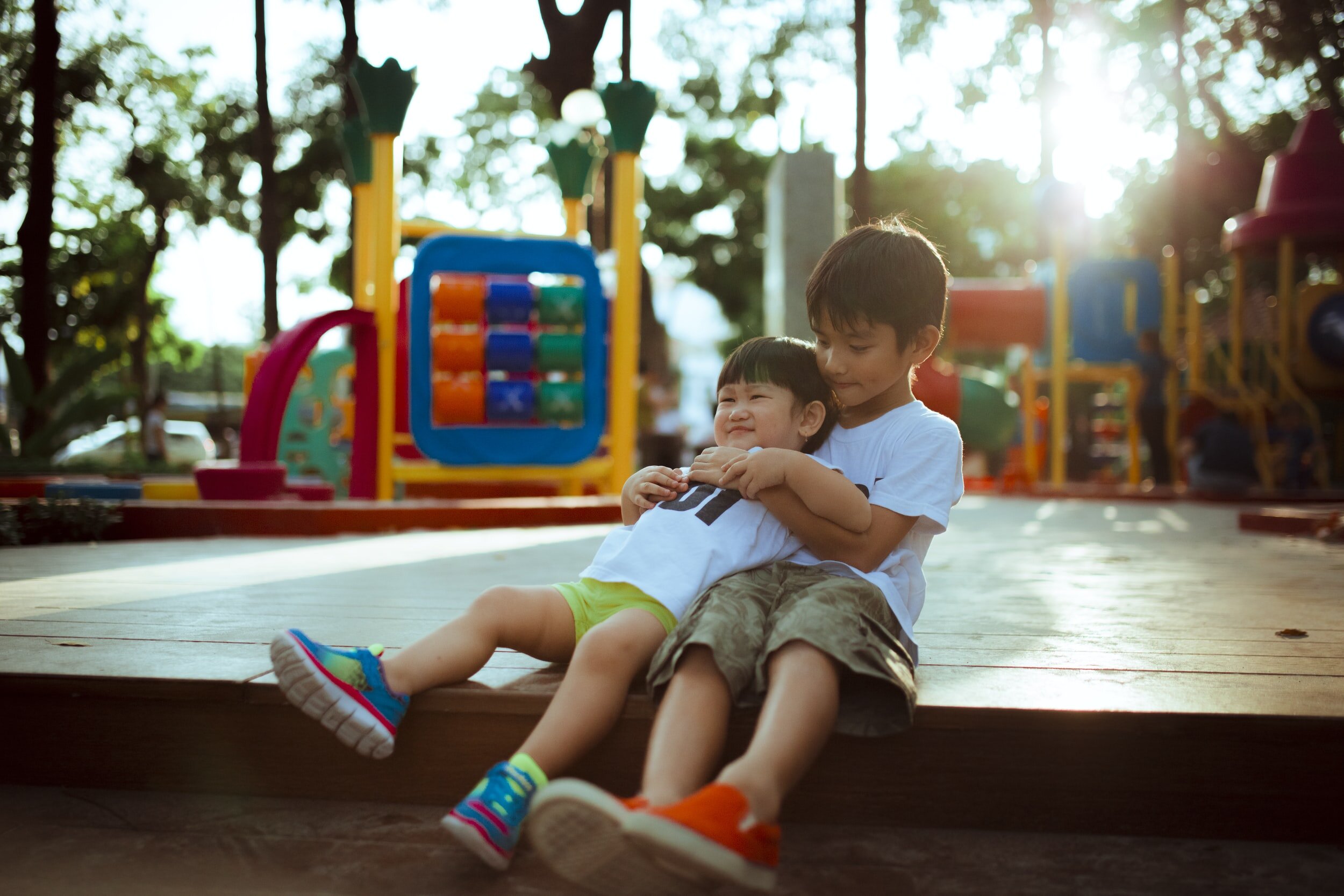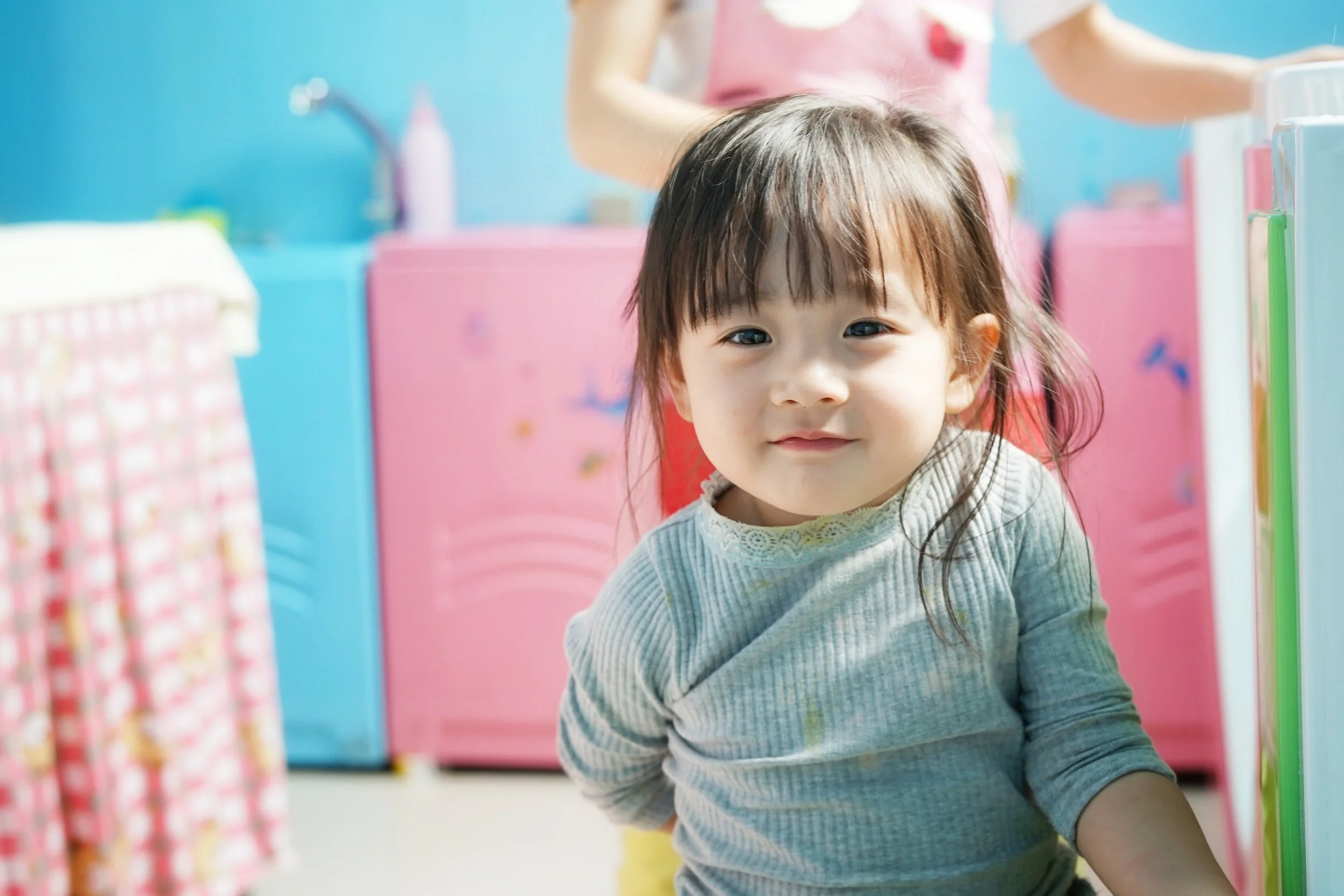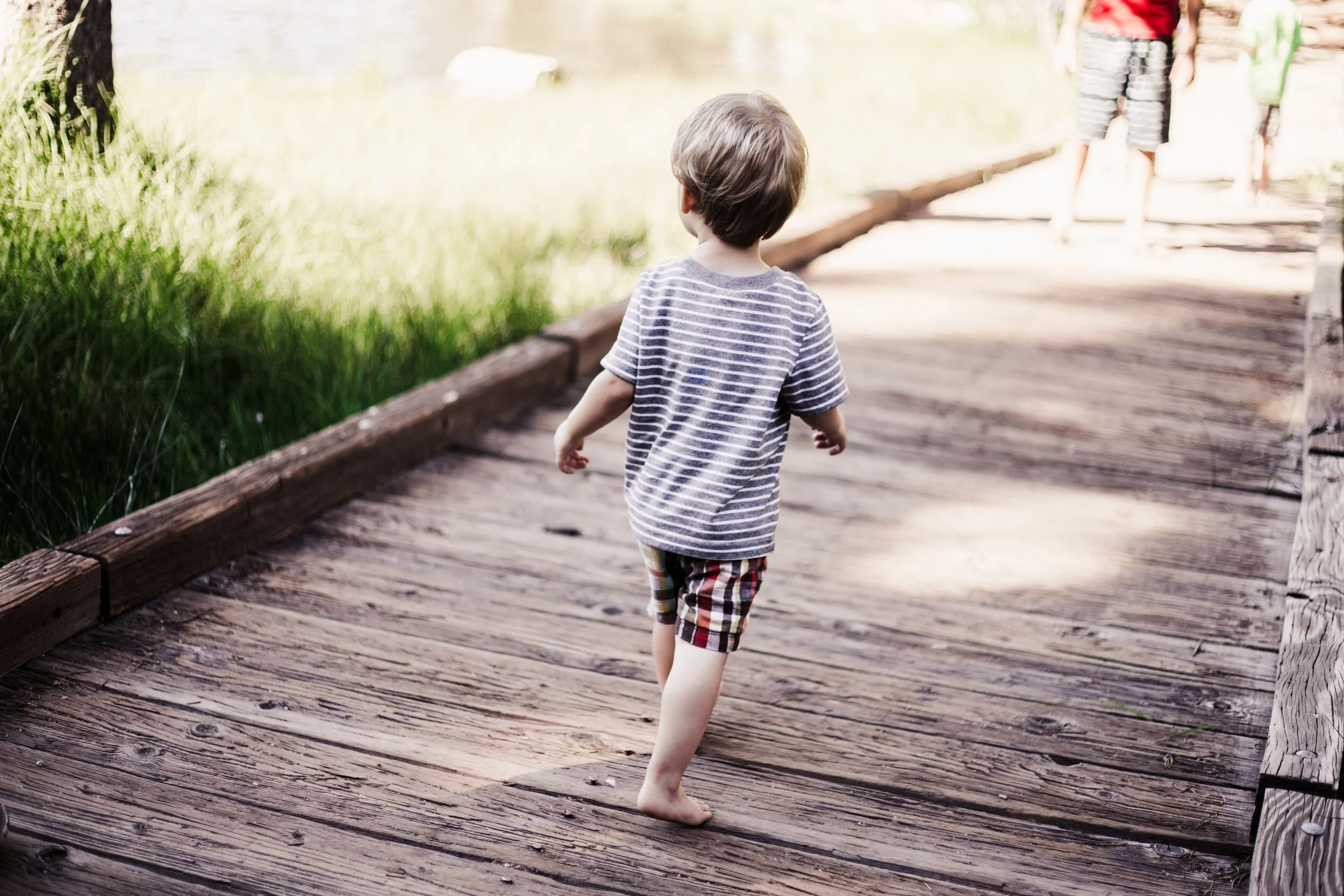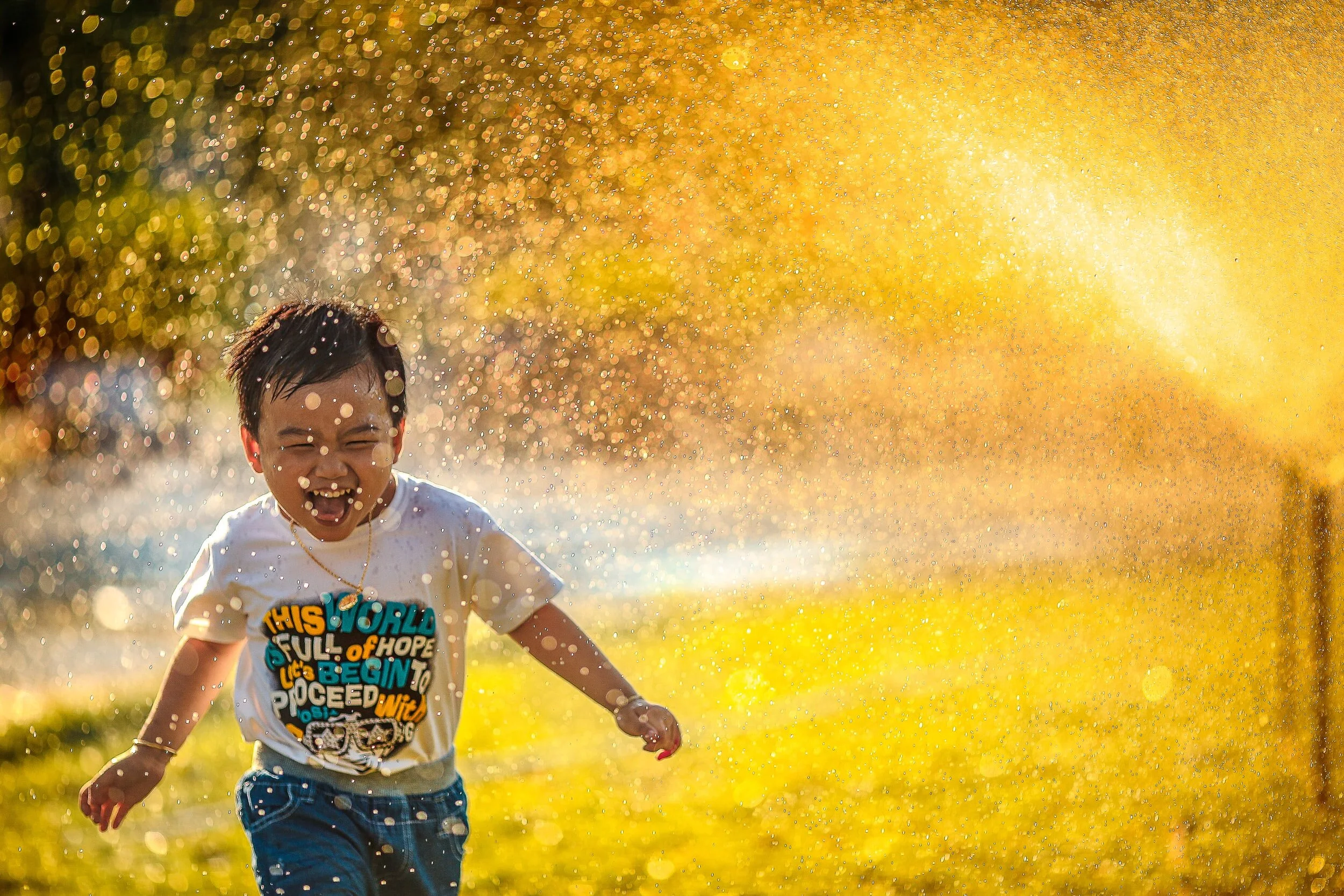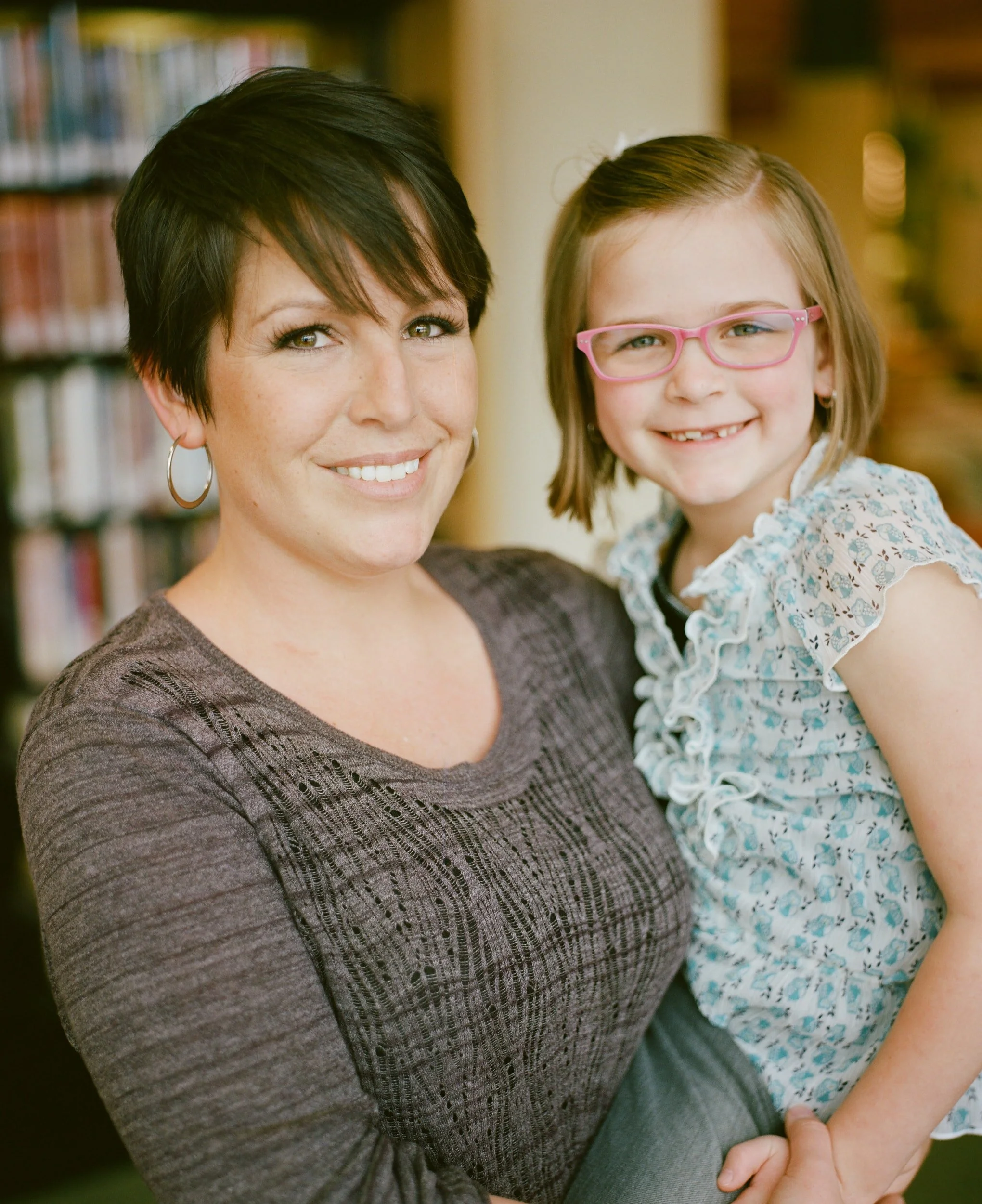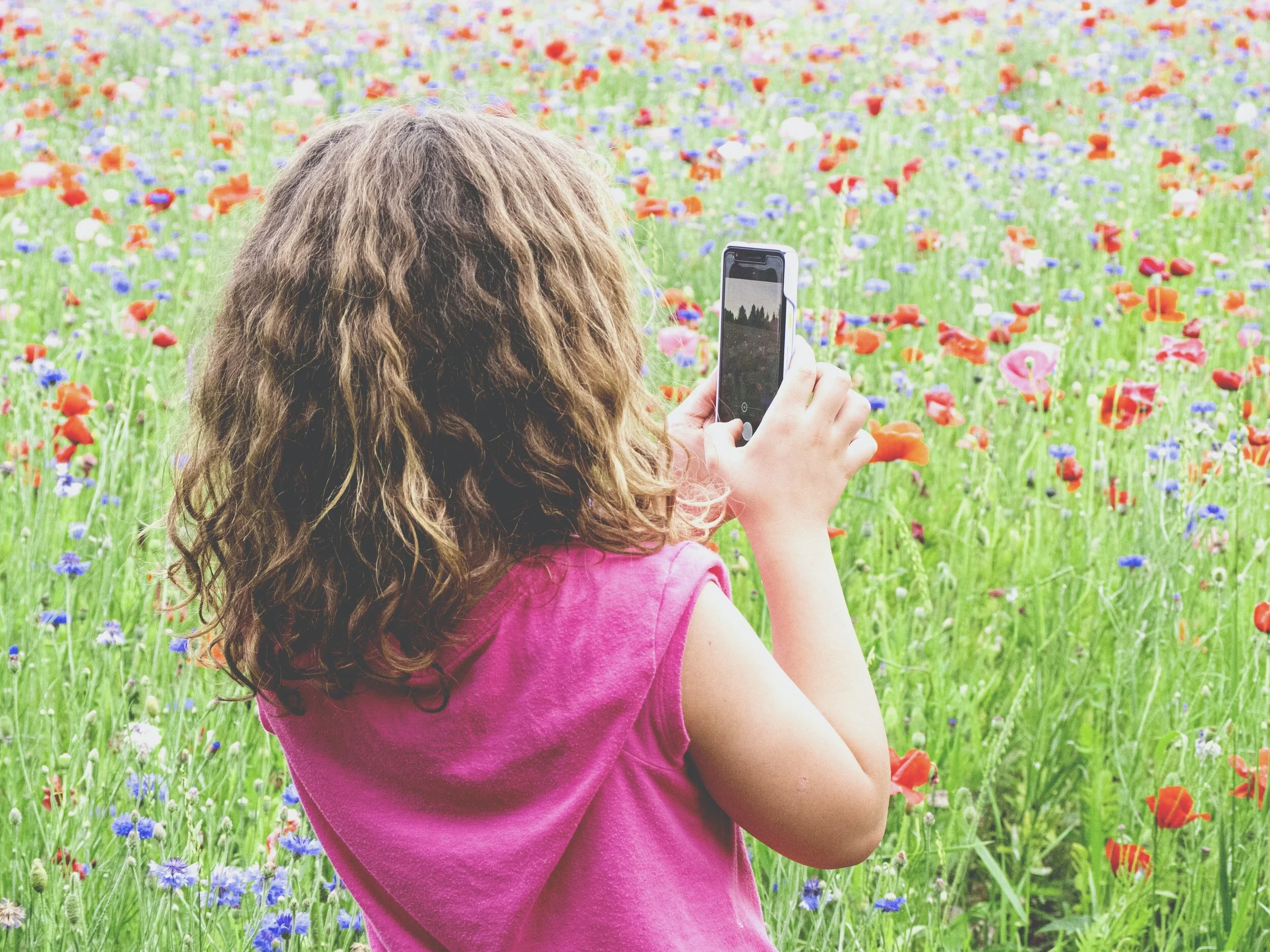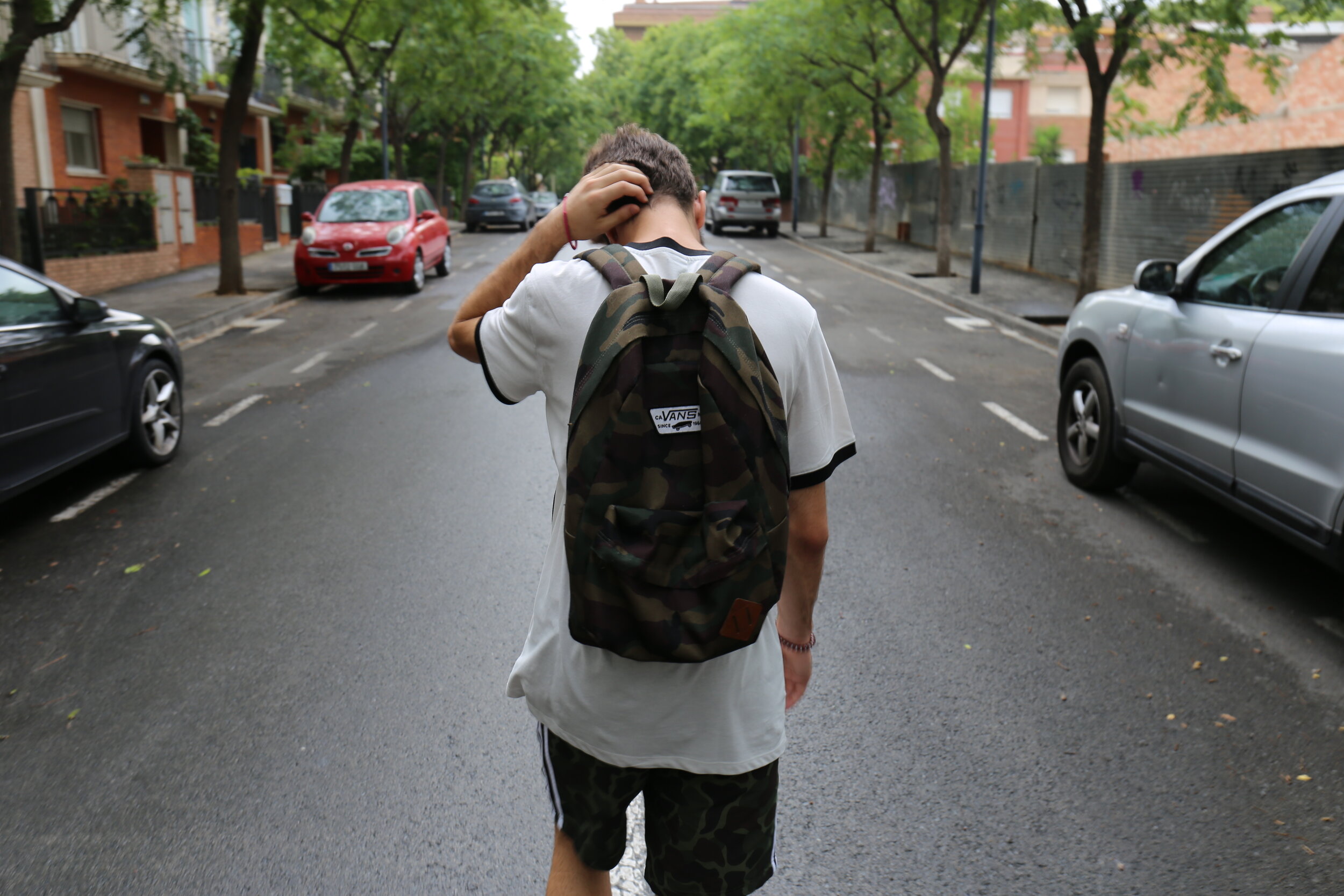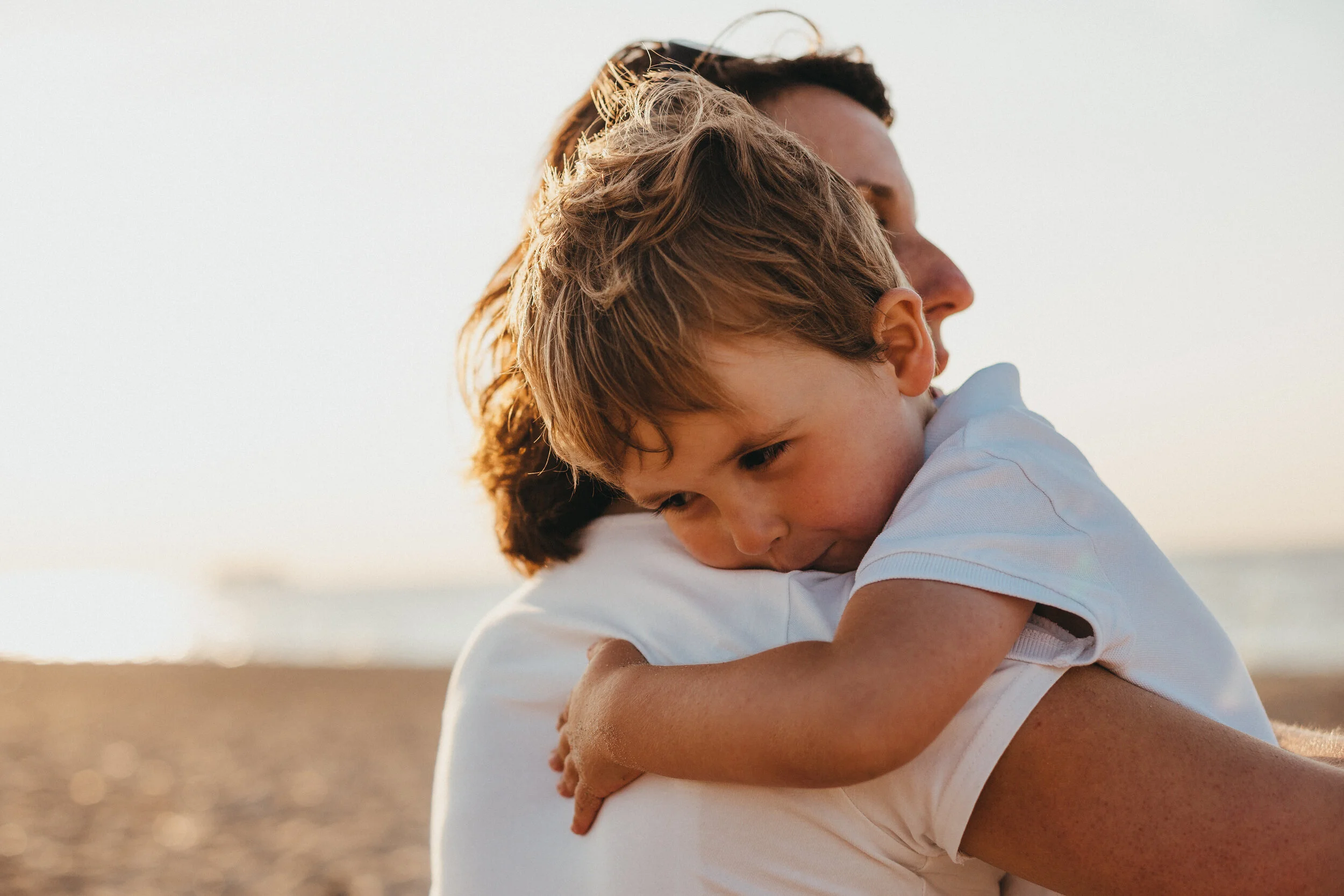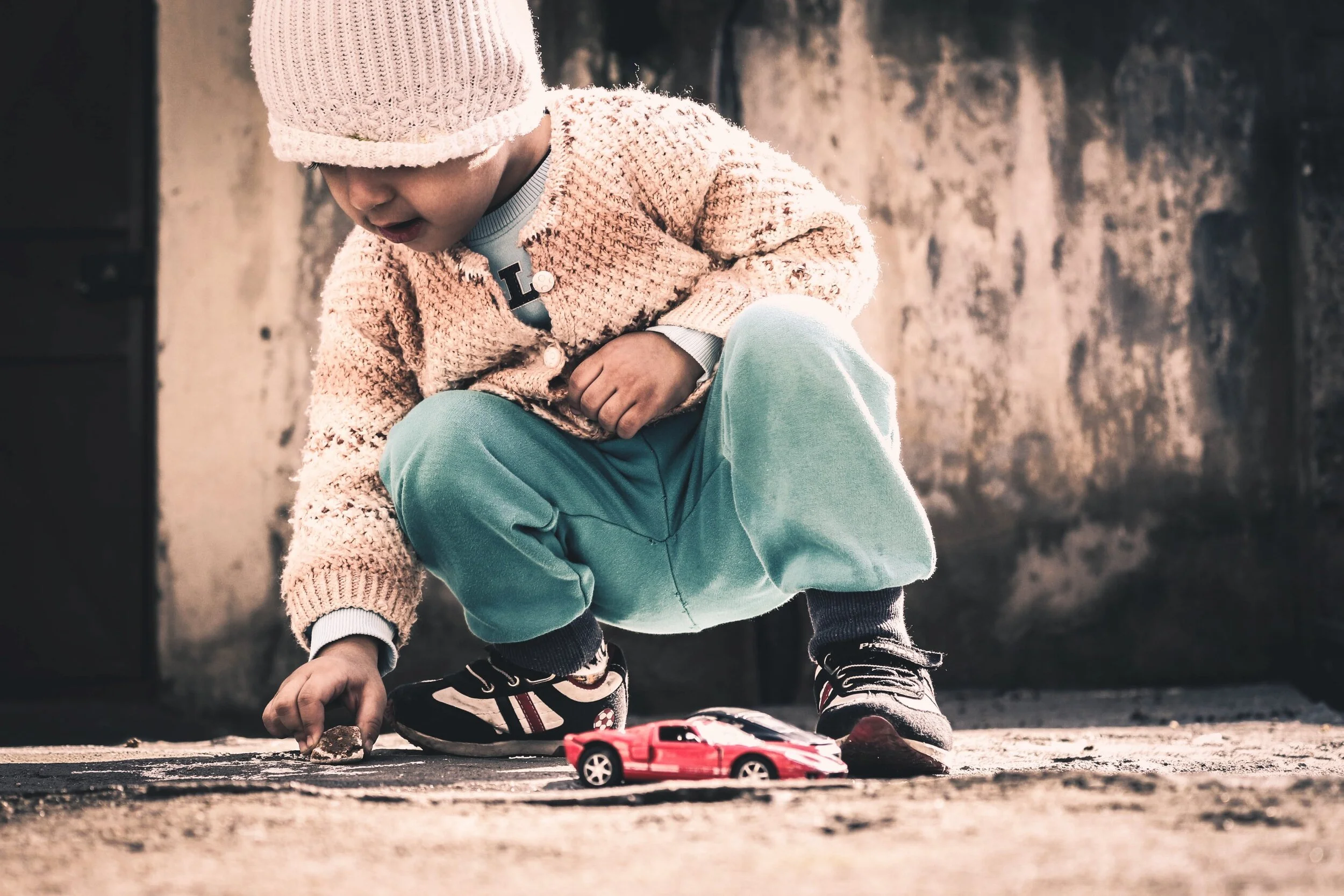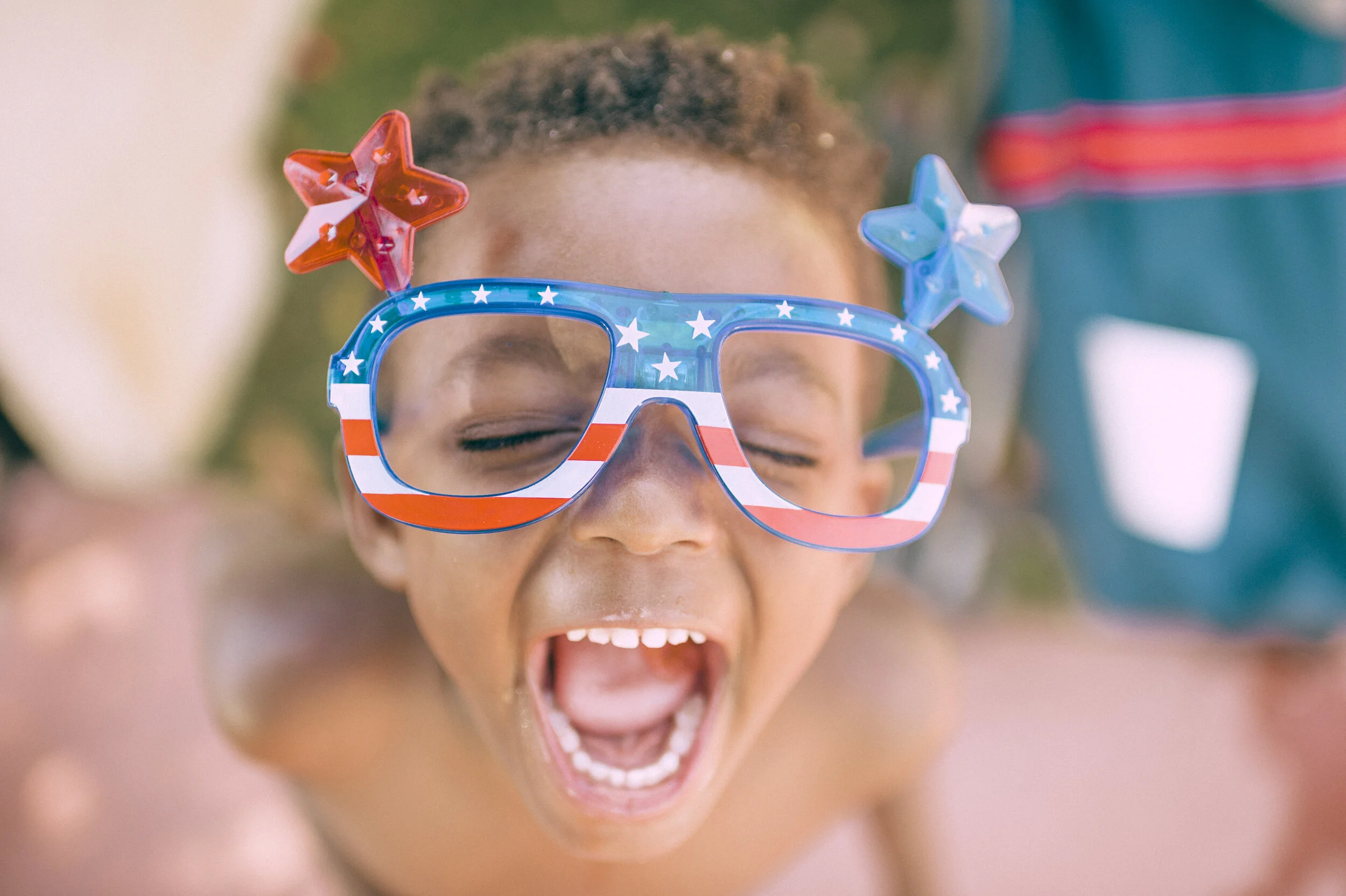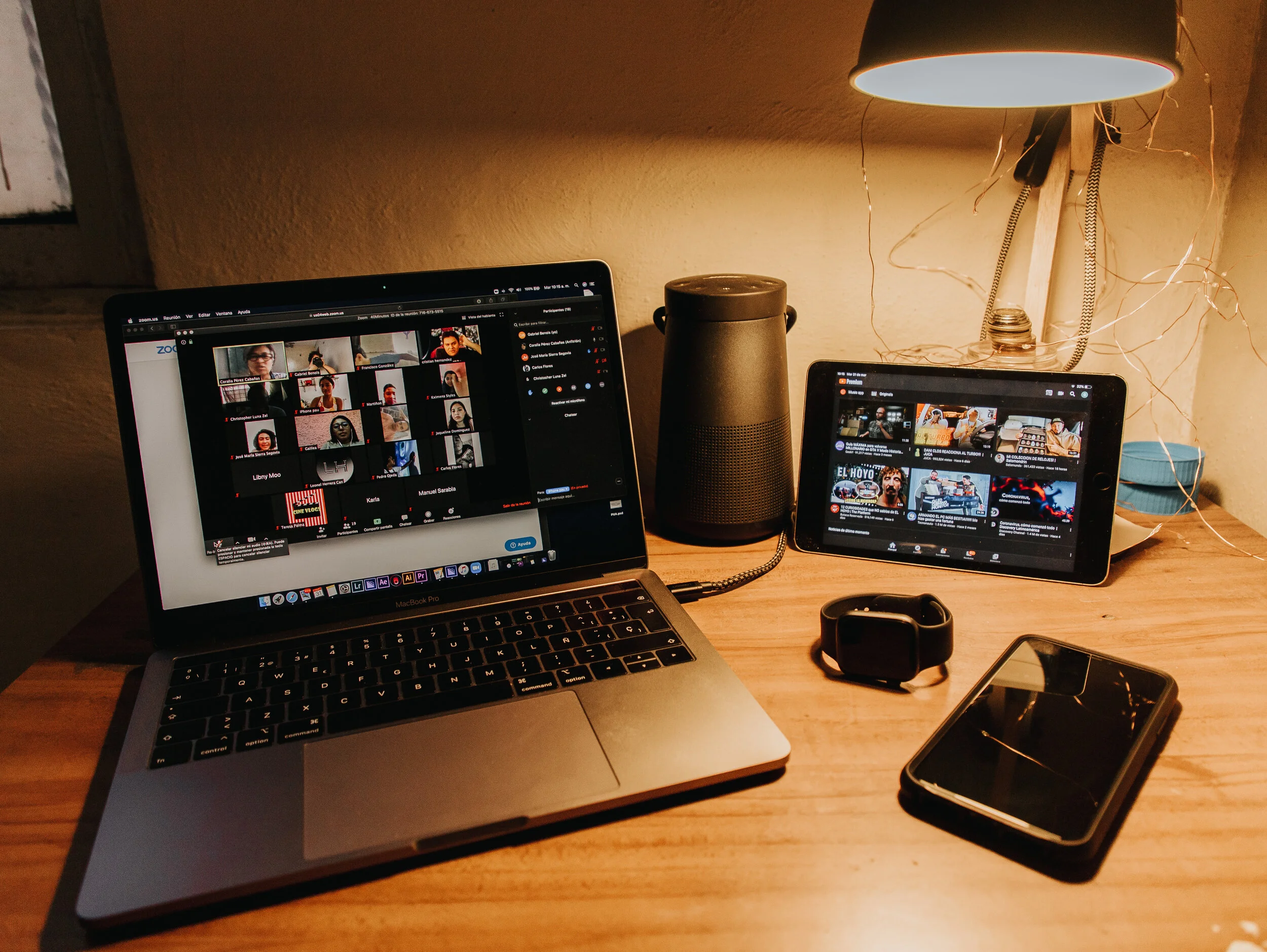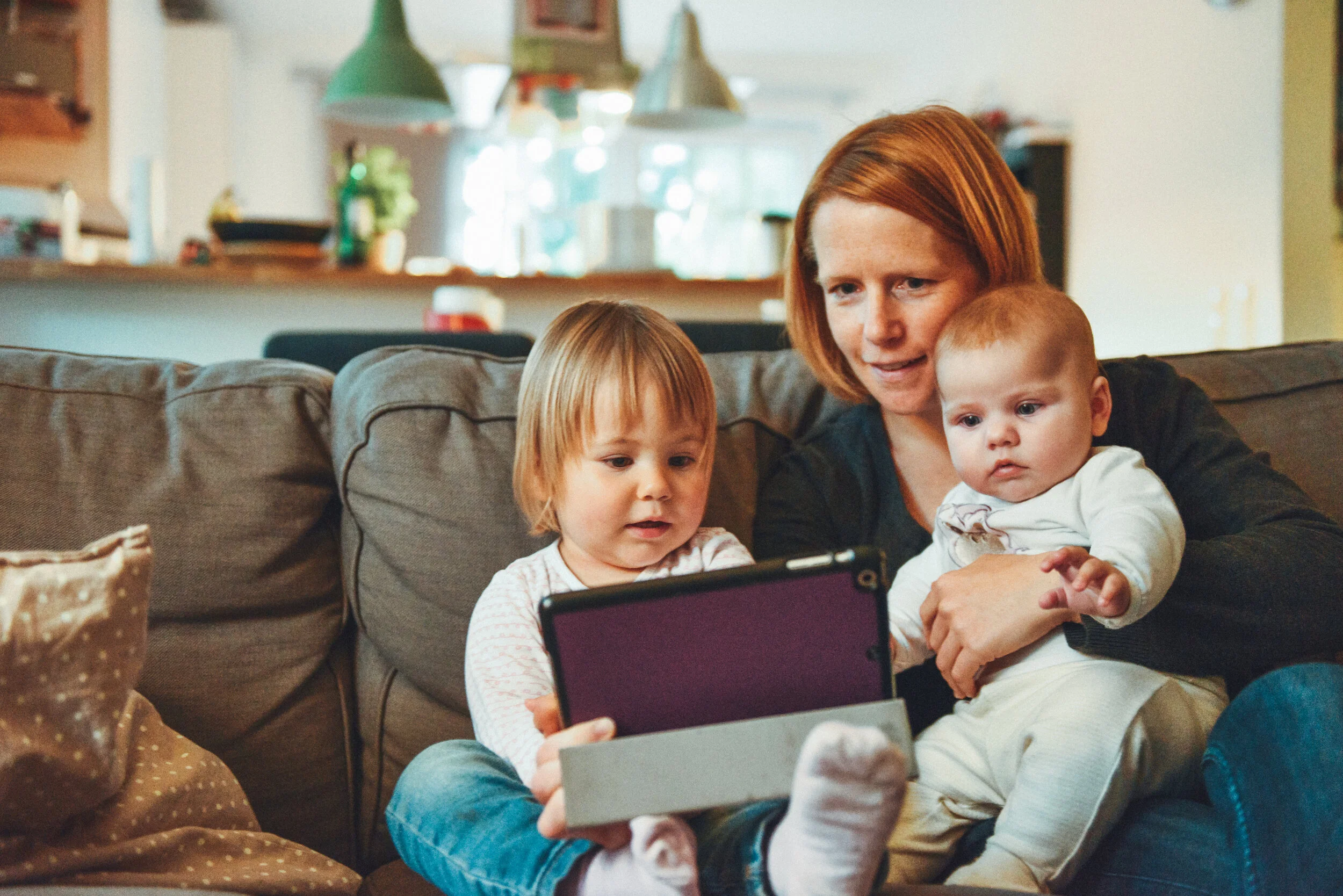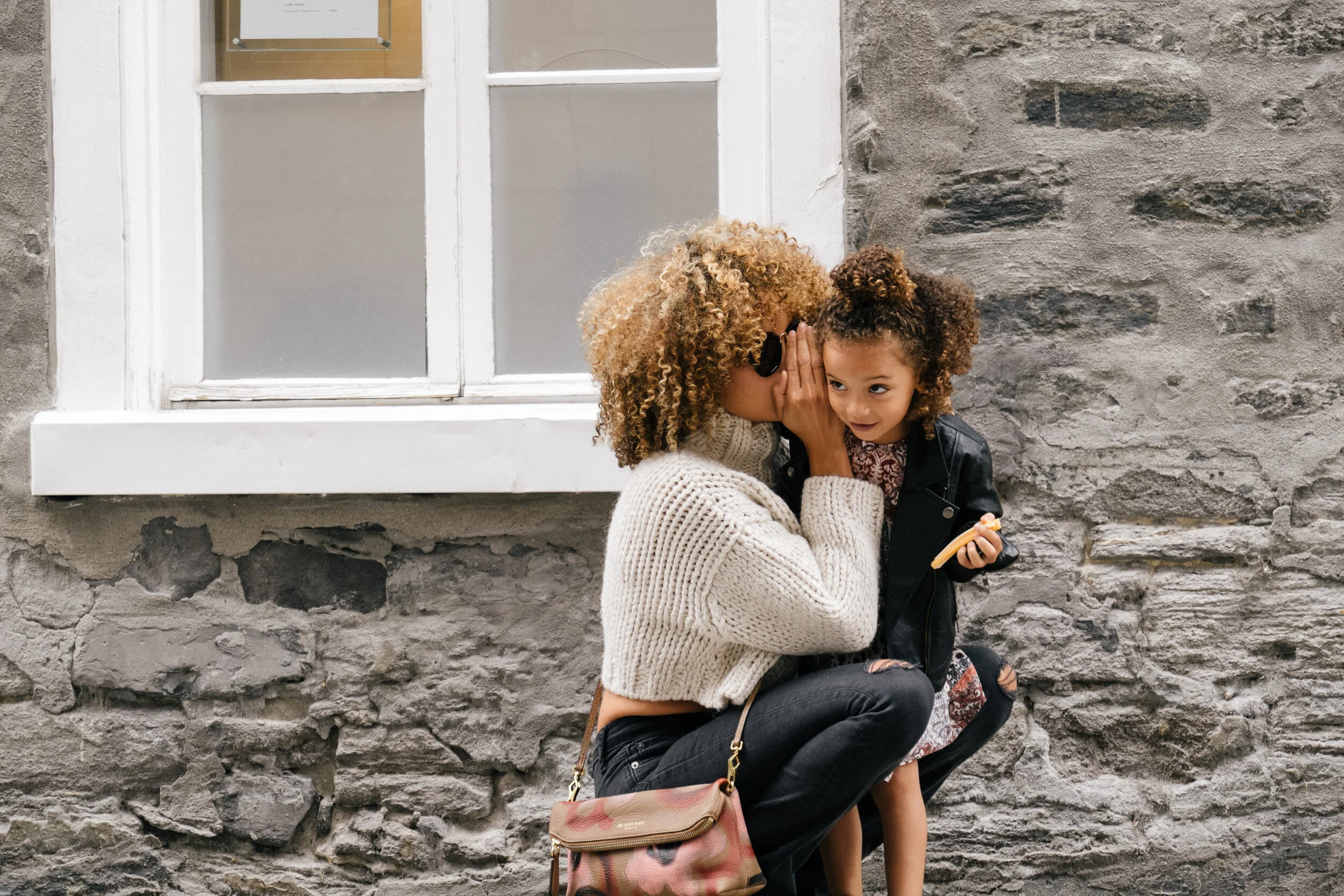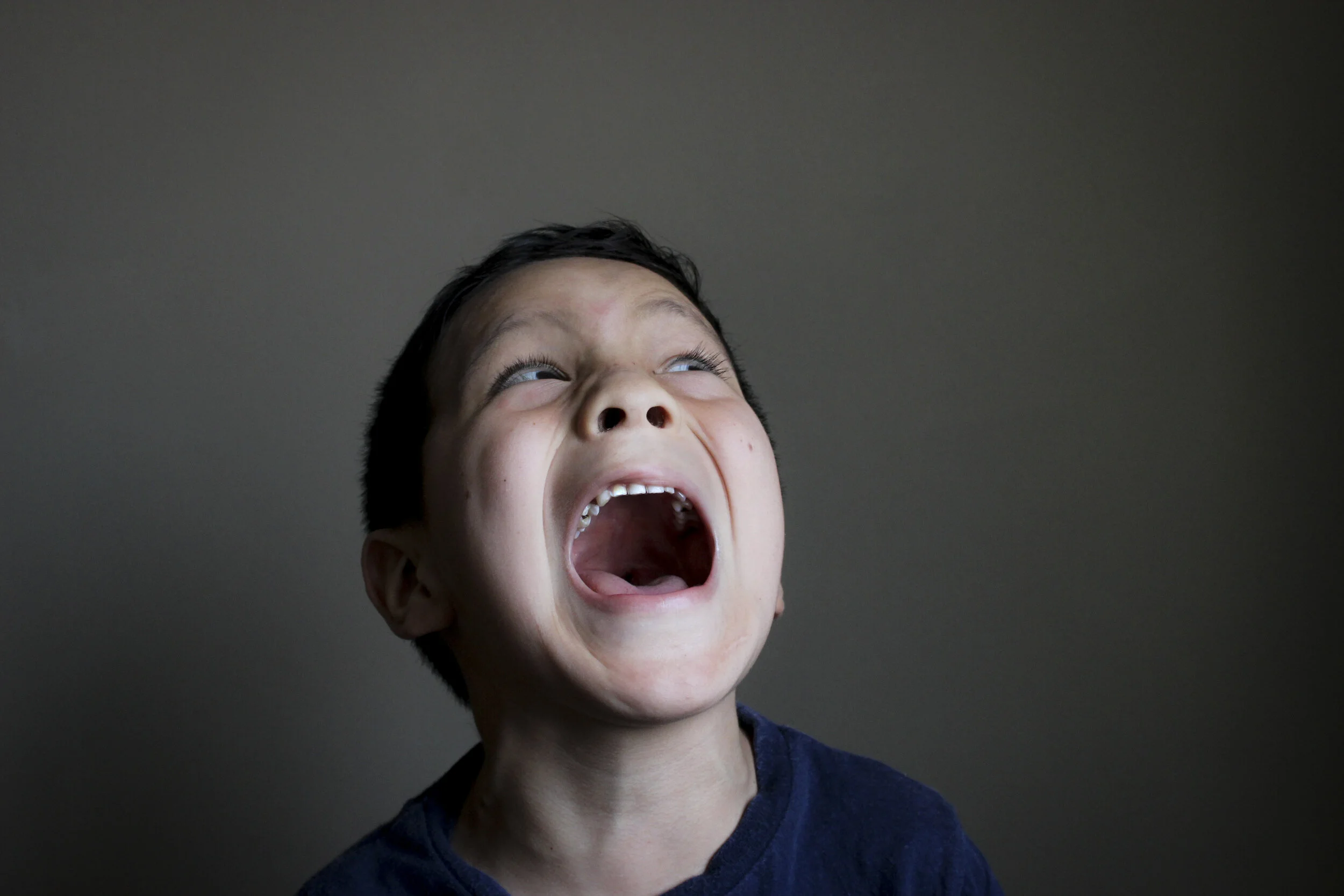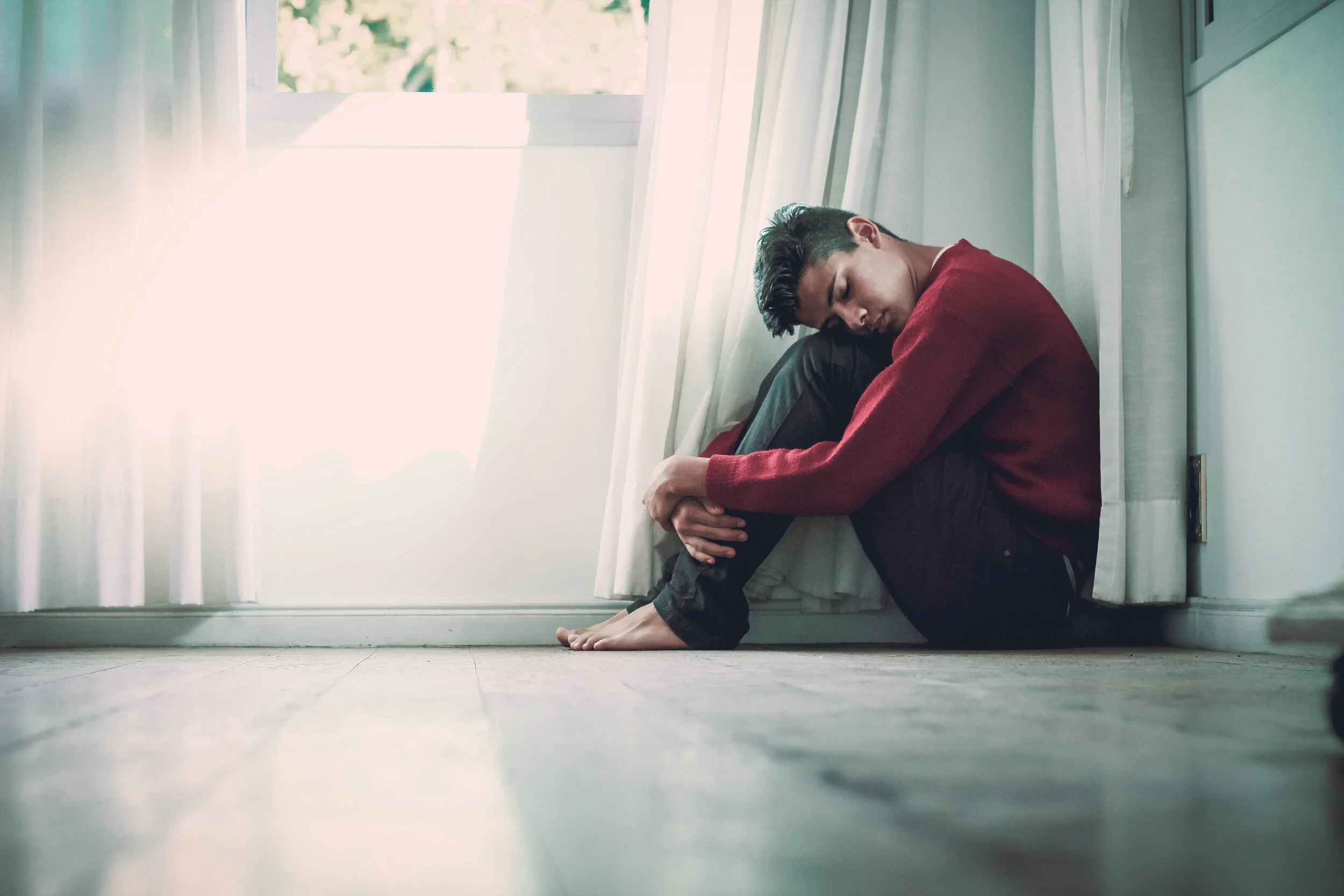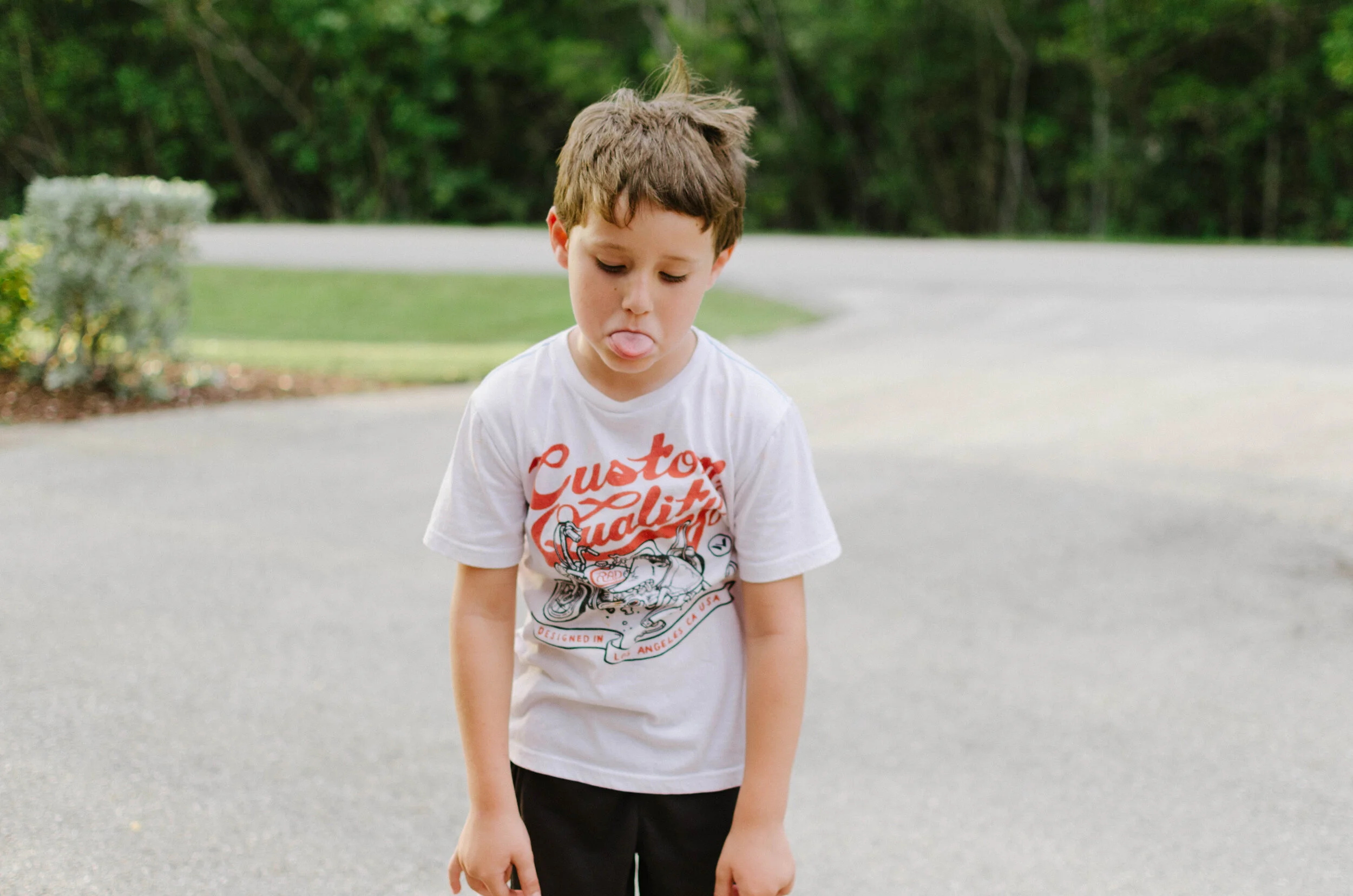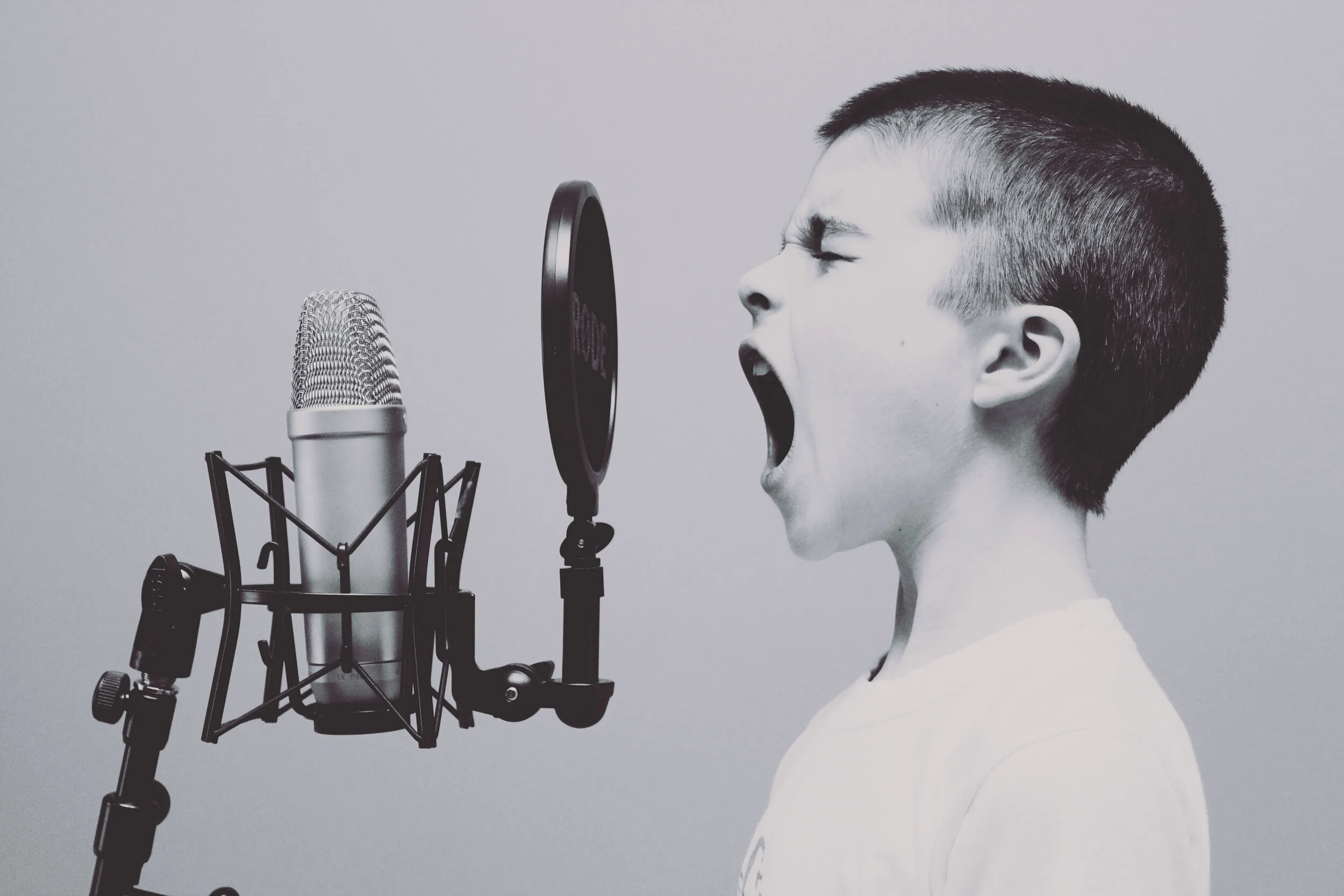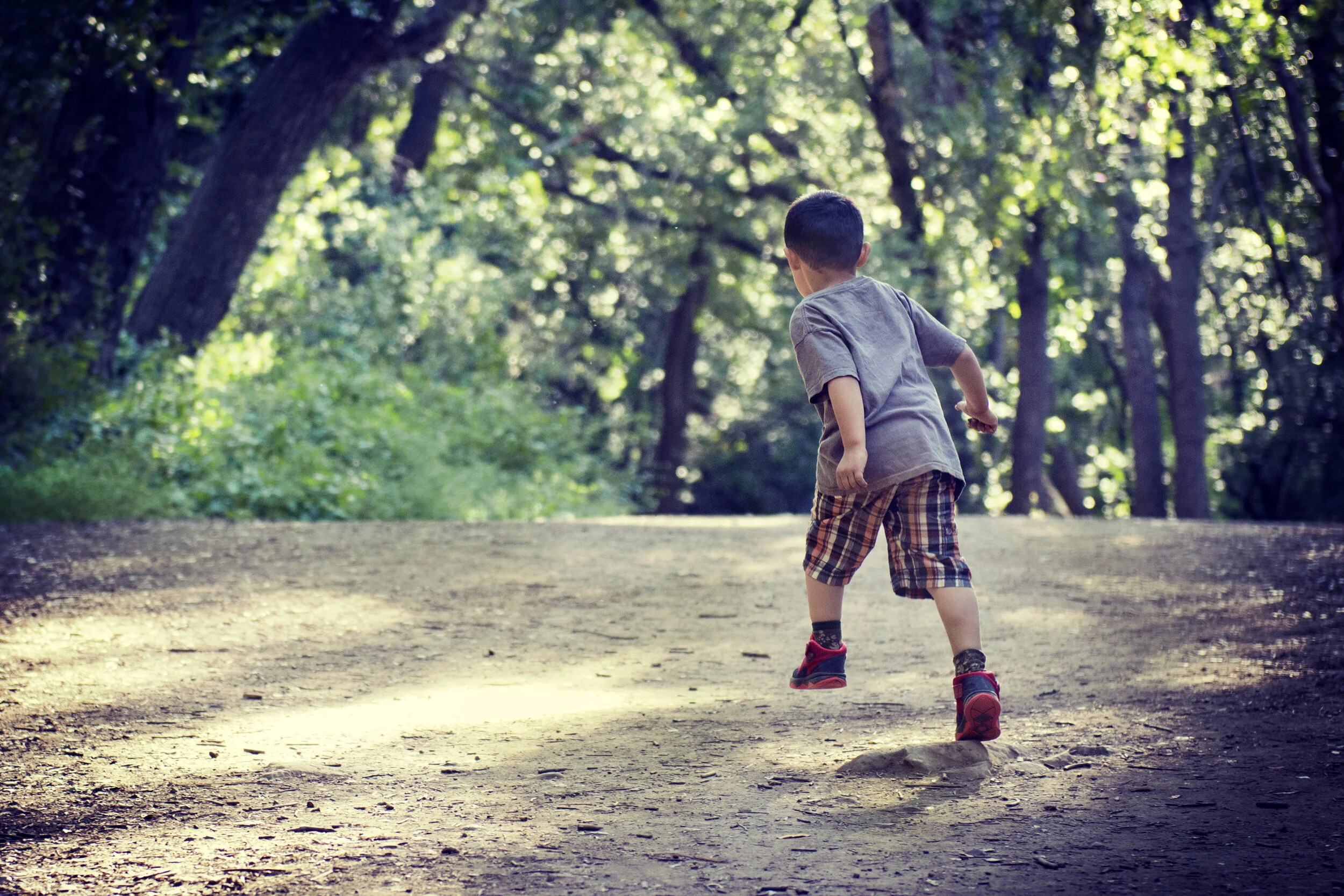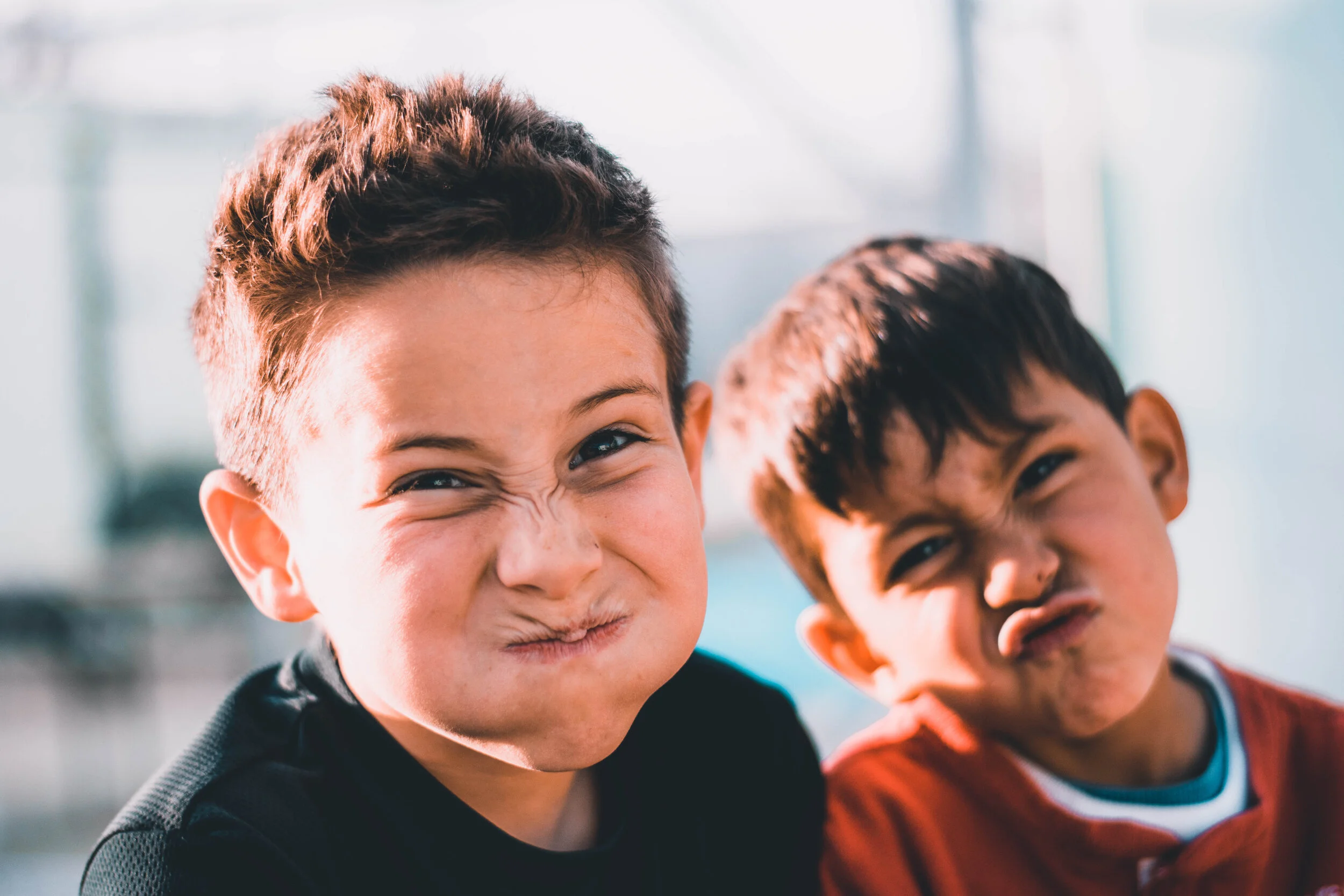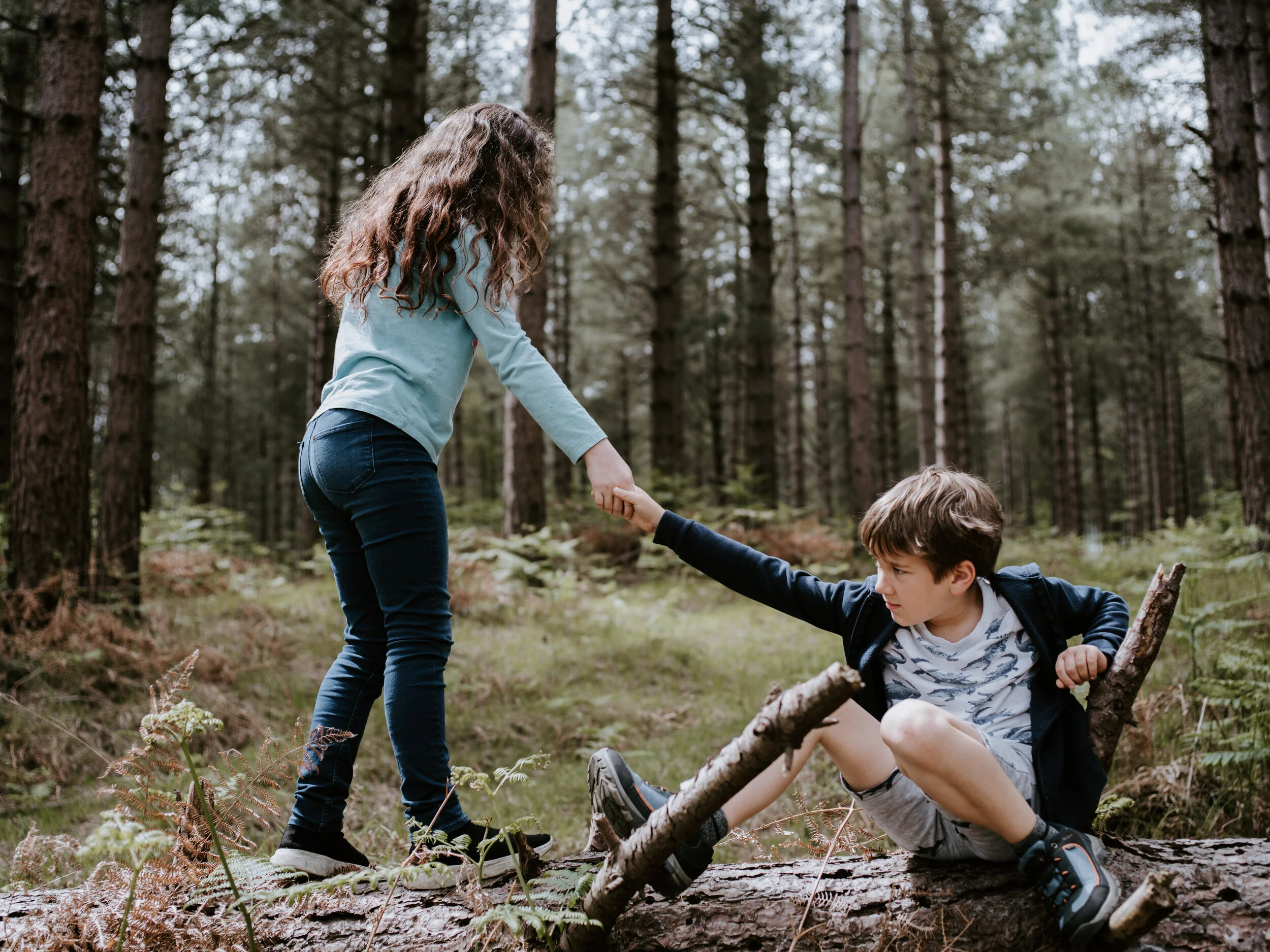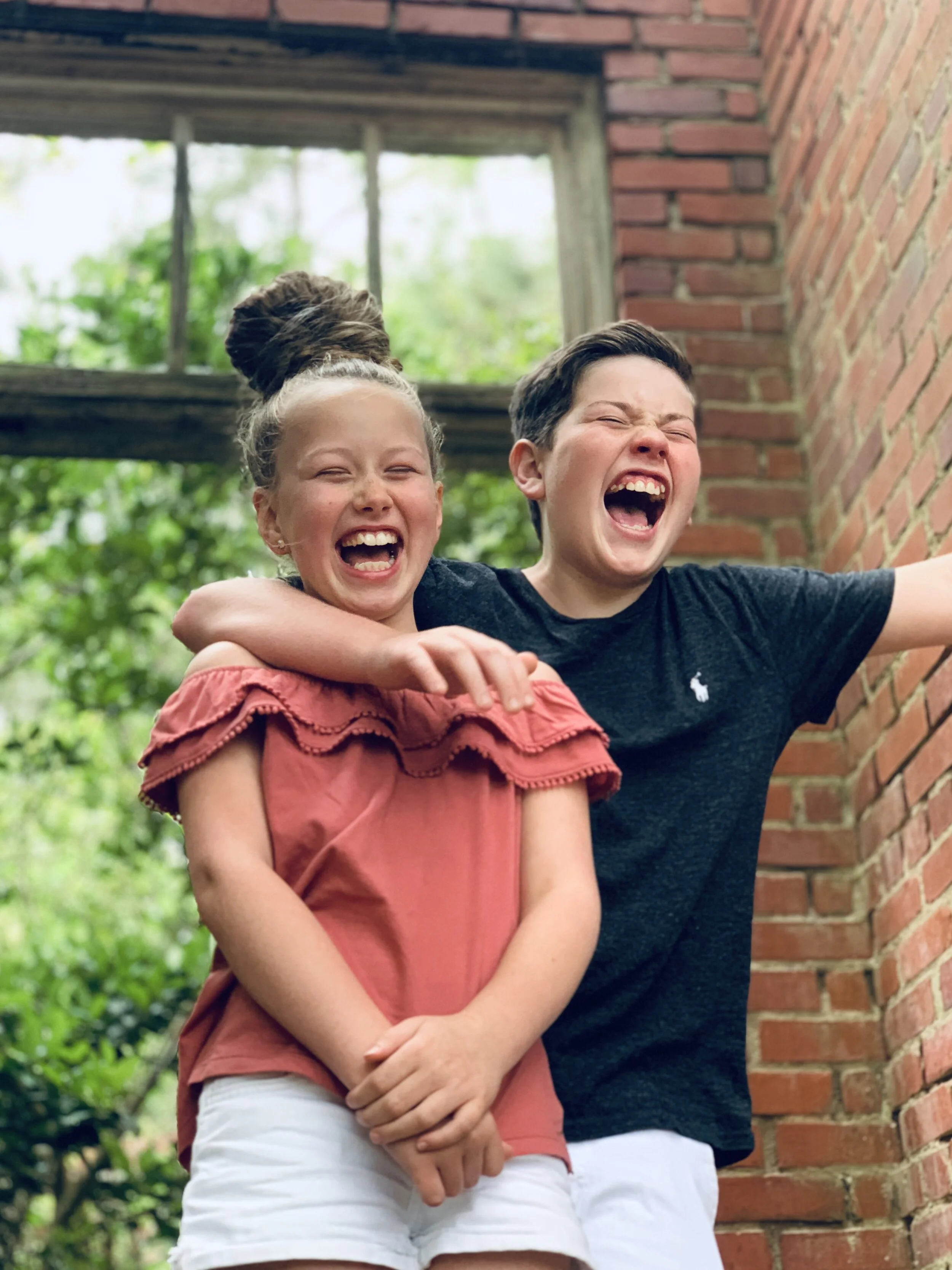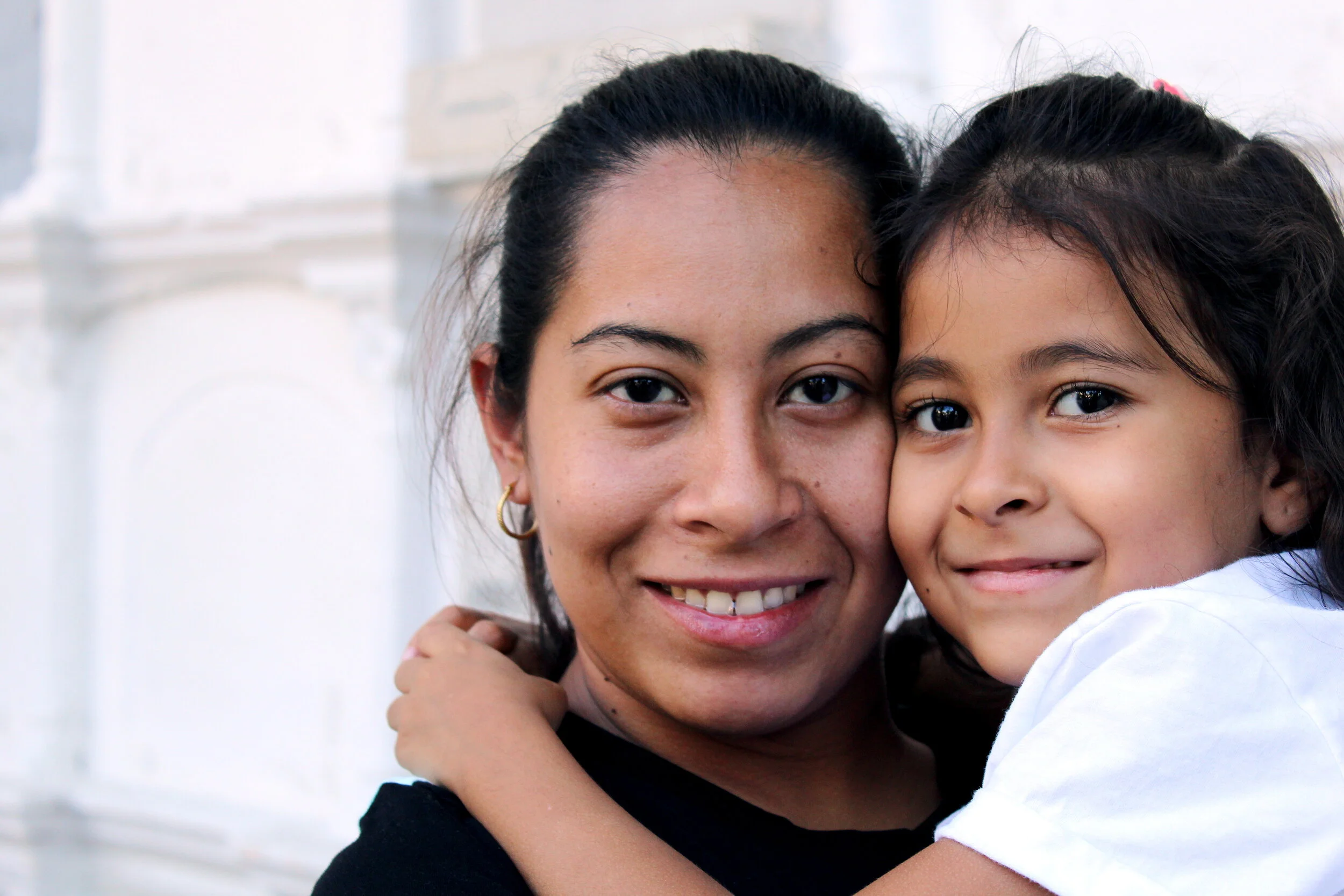If you or your child has struggled to get help for anxiety in the past, Cognitive Behavioral Therapy can feel like a breath of fresh air. As a children’s therapist myself, it’s so gratifying to see kids who have not seen improvements from from other forms of therapy blossom in this kind of counseling. Cognitive Behavioral Therapy is considered the “gold standard” for anxiety treatment. But what happens if you can’t meet with a therapist face-to-face? Is it possible to do Cognitive Behavioral Therapy online? Happily, the answer is yes. Let’s talk about how it works, and what you can expect from your online appointment.
What’s the Deal With Cognitive Behavioral Therapy (CBT)?
Let’s start with a basic overview of what Cognitive Behavioral Therapy is, and how it works. Cognitive Behavioral Therapy—also known as CBT for short—was developed in the 1960s by a psychologist named Aaron Beck. This makes it fairly “new” as far as therapy approaches go, but old enough that we have studies to show it’s effective. Actually, we have a ton of studies: CBT is probably the most-researched form of therapy that exists.
The core idea of CBT is that our feelings don’t just come out of the blue: they are determined by our thoughts and behavior. That might not sound like a big deal at first! However, it means that we don’t have to be at the mercy of our emotions. They don’t just happen to us: we have some power over what we feel and how we choose to express our feelings. CBT provides a toolkit to help people learn how to feel like they are in control of their emotions, instead of the other way around.
The “cognitive” part of Cognitive Behavioral Therapy refers to learning how to notice your own unhelpful thought patterns. The “behavioral” part involves noticing vicious cycles, and identifying things you can do proactively to help yourself feel better and manage strong emotions. By putting those two parts together, we can better understand and cope with our own emotional reactions. That’s CBT!
What Will I Do in Online Cognitive Behavioral Therapy?
If you’ve never done therapy online before, it can be hard to imagine. Will it feel awkward? What do you actually do in an online CBT session? I can’t guarantee what your exact therapy experience will look like, because every therapist is different. They’ll also recommend different techniques based on your particular situation. However, here are some common CBT techniques that you might encounter, and how they work in online therapy.
Relaxation and Coping Skills: Pretty much everyone is familiar with the advice to take deep breaths when you are stressed. The relaxation skills you’ll learn in CBT offer similar ways to calm down your body and brain. Your online therapist can teach skills like mindfulness, muscle relaxation, and guided visualization over video conference. It’s a very similar experience to sitting on the therapy couch.
Cognitive Restructuring: In CBT, you will learn how to catch yourself when you have a thought that is overly negative or exaggerated, and question whether or not you have evidence that it’s true. In online CBT, you’ll use a worksheet or spreadsheet to help yourself track when stress-inducing thoughts happen, and work through them step-by-step with your therapist. In my office, I ask clients to share their screen so we can both literally be on the same page. You’ll also learn how to come up with more helpful thoughts to say to yourself the next time you’re feeling worried.
Roleplay: Acting out a difficult situation in session can help you put the skills you’re learning into practice, so that it becomes easier in real life. This can be especially helpful for people with social anxiety, or for times when you need to have a hard conversation. Roleplay is great for boosting social skills and making it easier to be assertive. As long as you have a decent video connection, roleplay works great online—and sometimes feels a little less awkward from the comfort of your own home!
Thought Logs: Your therapist may ask you to keep a brief diary of events that triggered negative emotions during the week. This could include descriptions of what was happening, how you felt at the time, any thoughts you noticed, and how you dealt with the situation. You can share the results with your online counselor by email, screenshare, or using a Google Doc. This can help both of you develop more insight into common problems.
Does Online CBT Work As Well As Face-to-Face Therapy?
More people are considering online therapy now than ever before. Because it’s still a fairly new idea, you might be wondering it’s as effective as traditional, in-person counseling. Luckily, there is a lot of research on CBT we can look at for answers. Studies have shown that online CBT is just as effective at treating mental health problems like anxiety, depression, and panic attacks. People see significant mental health improvements in online CBT, and they’re able to maintain their progress over the long term.
Any form of therapy has its upsides and downsides. Even though it is equally effective overall, there are a few things to consider if you’re looking into virtual therapy. You and your therapist can only see each other from the shoulders up on a video call. This might make it harder for your therapist to read your body language. Talking to someone on video conferencing takes some getting used to, and if you are working or attending school online you might already be experiencing Zoom Fatigue.
There are some advantages to online therapy, too. It’s much more convenient to attend therapy from home. You never have to worry about traffic, and it’s a lot easier to fit your appointment into a busy schedule. It might even make it possible to see a therapist who would be too far away or hard to reach in person. Some people also prefer the anonymous feeling of meeting online, where you don’t have to sit in a waiting room with other strangers.
Does Online CBT Work With Kids?
Older children take to online therapy pretty naturally, because they’re already so comfortable with technology in their daily lives. I love using CBT in online therapy with kids ages 8 and up. It is especially helpful for kids who are struggling with anxiety or strong feelings that haven’t gotten better in other types of therapy.
Because CBT is direct and skill-based, it translates easily to an online format. Kids start learning coping skills right away, so they’re able to feel better faster. Having specific skills to learn and goals to reach helps kids stay focused and engaged, even when we aren’t sitting together in the same room. I like to spend half of each therapy session working on a specific skill or idea, and then include play therapy in the second half . This helps us make good progress while still leaving room for creativity and fun.
Online CBT for Kids in North Carolina
I’m a counselor, play therapist, and drama therapist who helps kids in North Carolina. I’m also a huge fan of Cognitive Behavioral Therapy for children with anxiety. If you’re interested in this approach, I’d love to help you get started!
My counseling office is located in Davidson, but I can work with kids throughout North Carolina, as well as in New York and Florida. You can learn more at the links above, or by checking out my other blog posts on CBT. If it seems like we could be a fit, feel free to reach out to me.



